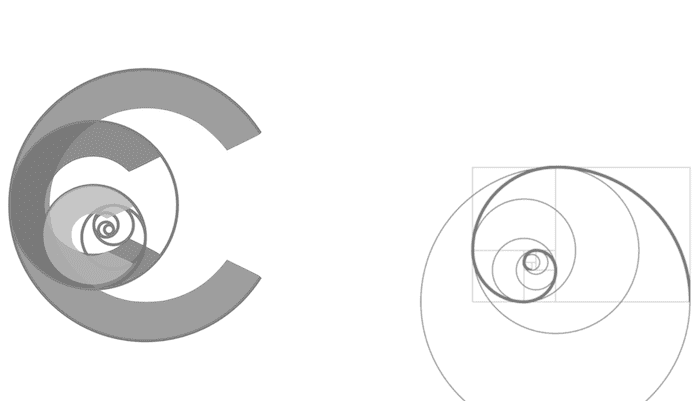Seizures DDx
Overview
- Seizures are the manifestation of abnormal hyperexcitable discharges of cortical neurons.
- 10 minutes of continuous seizure activity is now considered status epilepticus, which may result in neuronal damage. Seizures should be aggressively treated if they last longer than 5 minutes.
- International League Against Epilepsy (ILAE) and the International Bureau for Epilepsy (IBE) in 2005 definition of epilepsy: brain disorder characterized by an enduring predisposition to generate epileptic seizures and by the neurobiologic, cognitive, psychologic, and social consequences of this condition.
- Traditionally, the diagnosis of epilepsy requires the occurrence of at least 2 unprovoked seizures 24 hours apart.
Causes
Epilepsy
- May be the first presentation
- Noncompliance with anticonvulsant therapy
- May be triggered by specific factors, e.g. sleep deprivation, medications (e.g. tramadol, antipsychotics that lower the seizure threshold), intercurrent illness
Other conditions which cause generalized or focal CNS injury can also precipitate or perpetuate seizures
- Hypoxia
- Metabolic disturbances (e.g. hypoglycaemia, uremia, hepatic encephalopathy)
- Electrolyte imbalance (e.g. hyponatraemia, hypernatraemia, hypercalcaemia)
- Drug intoxication (e.g. anticonvulsants, antidepressants, antipsychotics, isoniazid, opioids, theophylline, sympathomimetics)
- Drug withdrawal (e.g. alcohol, barbiturates, benzodiazepines)
- Trauma
- CNS neoplasia
- Stroke
- Intracranial haemorrhage (e.g. subrachnoid hemorrhage, intracerebral hemorrhage)
- CNS infection (e.g. meningoencephalitis, cerebral abscess, neurocysticercosis)
Types of seizures
Trieman classification system of status epilepticus
- Generalized convulsive SE
- Subtle SE (very poor prognosis)
- Nonconvulsive SE
- Absence SE
- Complex partial SE
- Simple partial SE
Differential diagnosis of conditions that mimic seizures
- Eclampsia
- Nonepileptic seizures/ pseudoseizures
- Syncope
- Acute dystonic reactions
- Rigors
- Cardiac disorders (e.g. Dysrhythmias, Long QT syndrome, HOCM)
Mnemonics
“SICK DRIFTER”
- Substrates (sugar, oxygen)
- Isoniazid overdose
- Cations (Na, Ca, Mg)
- Kids (eclampsia)
- Drugs (CRAP: Cocaine, Rum (alcohol), Amphetamines, PCP)
- Rum (alcohol withdrawal)
- Illnesses (chronic seizure disorder or other chronic disorder)
- Fever (meningitis, encephalitis, abscess)
- Trauma (epidural, subdural, intraparynchymal hemorrhage)
- Extra: toxocologic (TAIL: Theo, ASA, Isoniazid, Lithium) and 3 Anti’s: (Antihistamine overdose, Antidepressant overdose, Anticonvulsants (too high dilanitin, tegretol) or benzo withdrawal.
- Rat poison (organophospates poisoning – not actually rat poison!)
[cite]

Critical Care
Compendium
Chris is an Intensivist and ECMO specialist at The Alfred ICU, where he is Deputy Director (Education). He is a Clinical Adjunct Associate Professor at Monash University, the Lead for the Clinician Educator Incubator programme, and a CICM First Part Examiner.
He is an internationally recognised Clinician Educator with a passion for helping clinicians learn and for improving the clinical performance of individuals and collectives. He was one of the founders of the FOAM movement (Free Open-Access Medical education) has been recognised for his contributions to education with awards from ANZICS, ANZAHPE, and ACEM.
His one great achievement is being the father of three amazing children.
On Bluesky, he is @precordialthump.bsky.social and on the site that Elon has screwed up, he is @precordialthump.
| INTENSIVE | RAGE | Resuscitology | SMACC
